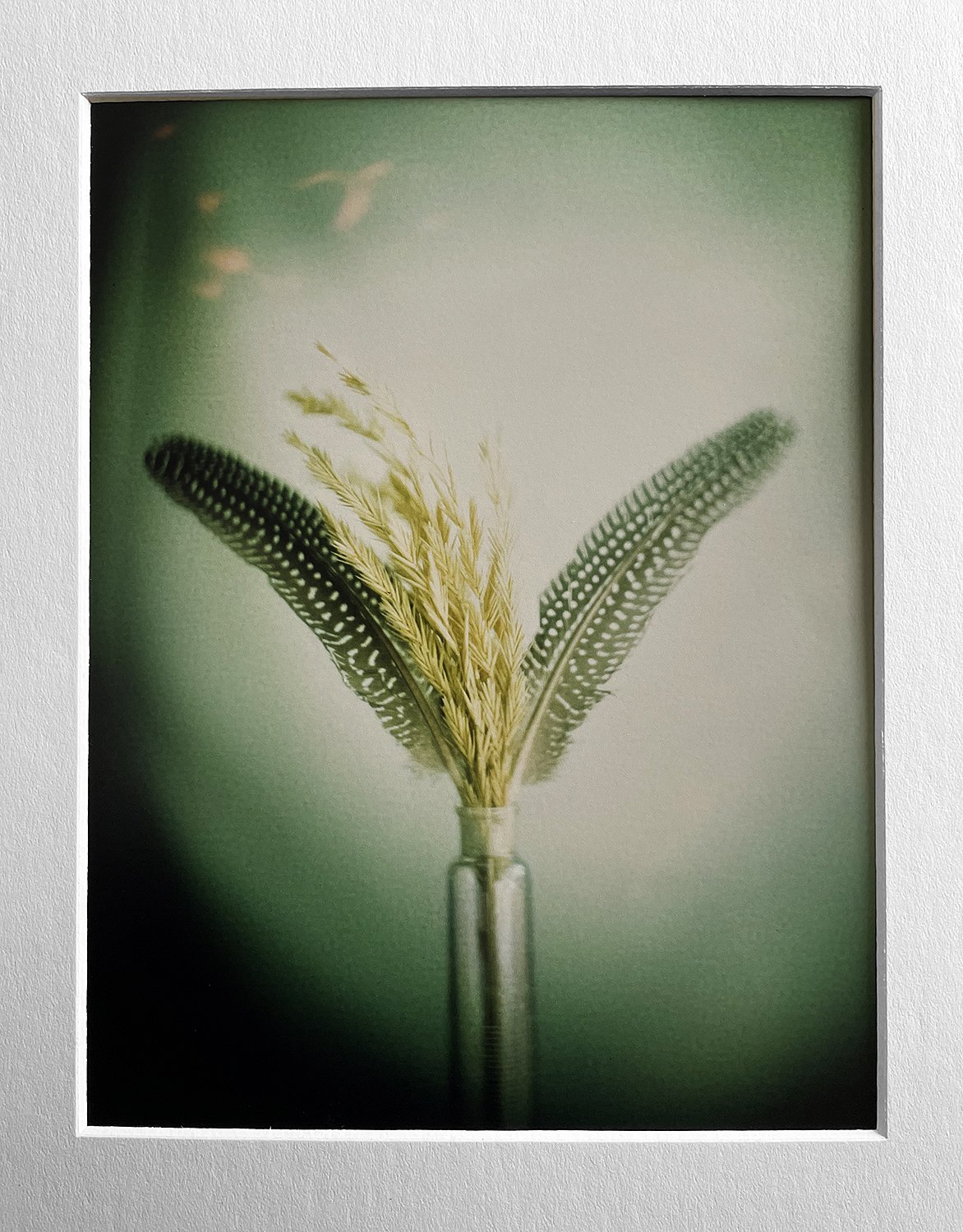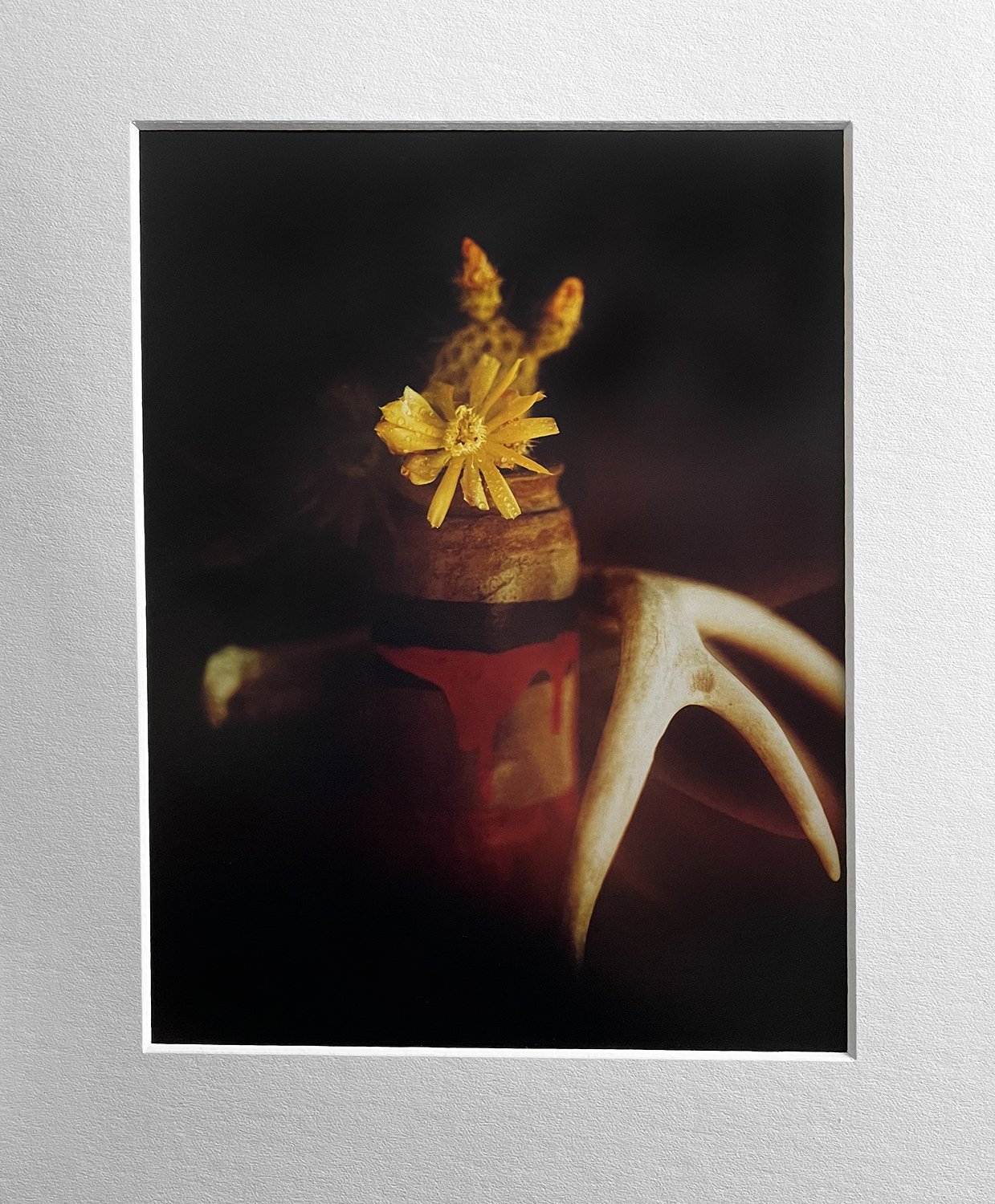In the Shadow of Sun Mountain: The Psychology of Othering and the Origins of Evil}
The people who follow my writing here know that the concept of my project and book is based on Ernest Becker’s theories of death anxiety and the denial of death. Additionally, Sheldon Solomon, Jeff Greenberg, and Tom Pyszczynski—the creators of terror management theory (TMT) and authors of "The Worm at the Core: On the Role of Death in Life"—have had a significant influence on it.
My objective is to describe or explain these theories in relation to the genocide, removal, and general marginalization of the Tabeguache-Ute (known today as Uncompahgre-Ute) indigenous people. I live on their land in the Rocky Mountains of Colorado, U.S.A.
I'm using art to accompany the theories. And I'm also exploring my own dilemma of coming to terms with death. This work is multifaceted, but the main objective is to communicate WHY these kinds of things happen in the world, past and present. Moreover, there are reasons why they will never stop happening.
Death: It’s a difficult topic to talk about, and we’ve evolved to repress and deny it. We've had to psychologically repress this knowledge; if we weren't able to, we would be paralyzed with anxiety and dread. We use culture to do this. All kinds of pursuits help us distract ourselves from thinking about our impeding death, which could happen at any time for any reason, unknown to us. This has a lot more implications than we realize. I recently read an article by John Gray on Substack.com. He is clear, concise, and hits all of the points of both Becker and The Worm at the Core psychologists, Solomon et al.
He wrote:
“An idea of an afterlife emerged along with human beings.
Around 115,000 years ago, graves were being fashioned containing animal bones, flowers, medicinal herbs, and valuables such as ibex horns. By 35,000–40,000 years ago, complete survival kits—food, clothing, and tools—were being placed in graves throughout the world. Humankind is the death-defined animal.
As humans became more self-aware, the denial of death became more insistent. For the American cultural anthropologist and psychoanalytical theorist Ernest Becker (1924–74), the human flight from death has been the driving force of civilization. Fear of death is also the source of the ego, which humans build in order to shield themselves from helpless awareness of their passage through time to extinction.
More than most, Becker’s life was formed by encounters with death. At the age of eighteen, he joined the army and served in an infantry battalion that liberated a Nazi extermination camp.
When he was dying of cancer in hospital in December 1973, he told a visitor, the philosopher Sam Keen: ‘You are catching me in extremis. This is a test of everything I’ve written about death. And I’ve got a chance to show how one dies.’
Becker’s theories were set out in The Denial of Death (1973), for which he received a posthumous Pulitzer Prize in 1974, and developed further in Escape from Evil, which appeared two years after his death.” (John Gray)
“Granite & Quartz Rock, Dead Foxtail, and Purple Thistles,” 10” x 10” (25,4 x 25,4 cm) Reversal Direct Color Print August 12, 2023






































